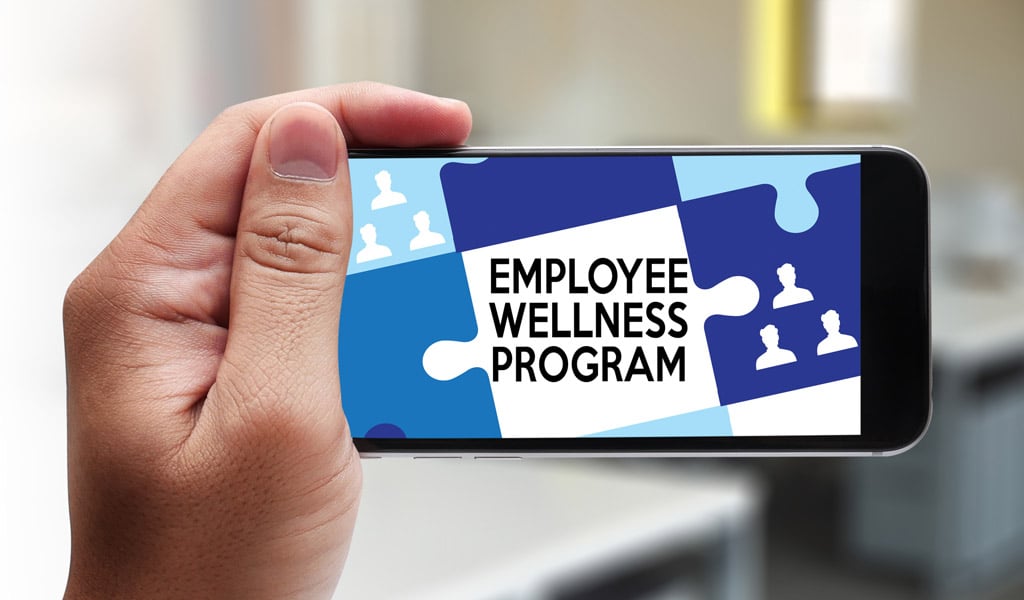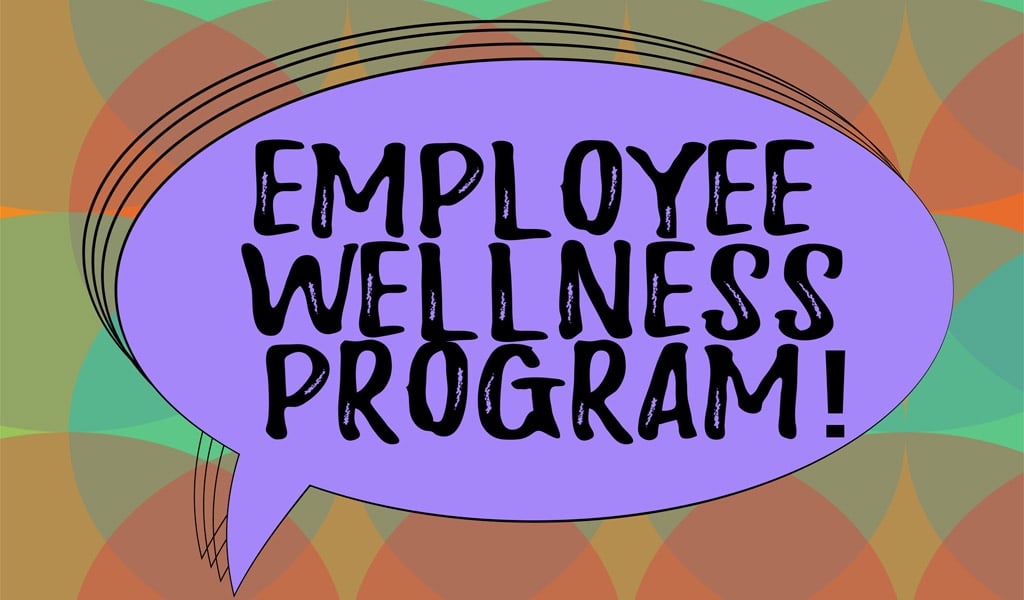
Ensuring that employees are happy and feel appreciated is a growing focus for businesses worldwide, and with good reason. Countless studies have shown that happier employees work harder, stay with the company longer, and are much more engaged than their unhappy counterparts. For example, consider these statistics:
- A staggering 69% of employees say they’d work harder if they felt better appreciated.
- Businesses with happy employees outperform their competitors by a whopping 20%.
- Happier employers produce 37% greater sales.
- A massive 36% of employees would give up $5000/annum in salary to be happier at work.
- Happier employees take 10X fewer sick days than unhappy employees.
Put simply, happy employees typically care about the success of the company. They enjoy working for you and want to keep working for you in the future, so they become intimately invested in the company’s success. Happier employees are also excited to come into work. They are more likely to approach their job with passion and dedication and produce higher quality work as a result. These employees aren’t watching the clock tick away and hoping to get home and watch Netflix.
Companies today realize that they can see a significant return on investment from implementing employee wellbeing programs. While creating an employee wellbeing program can seem like a daunting and possibly expensive task, you can future proof your business by doing so. Not only do you get happier and more engaged employees, but you also attract better talent to your company.
Never underestimate how powerful employees are as representatives of your brand. We all talk to our friends and family about our experiences at work. Some employees also review their employers on sites like Glassdoor, giving their personal opinion on what it’s like to work at your company. If you keep your employees happy, you ensure that you keep your best employees, and also attract the best from the talent pool of candidates outside your company. These reasons, and more, make employee wellbeing programs an excellent investment.
So, you’ve decided to launch an employee wellbeing program. But what do you do next? Don’t worry; we have the answers.

What is an Employee Wellbeing Program?
An employee wellbeing program is a set of policies, services, or benefits that impact your employee’s overall health and happiness in a positive way. The program will usually feature things that focus on both good physical and mental health.
We think it would be best to look at some employee wellbeing programs from well-known companies around the world who are getting it right. Let’s take a look.
Google has a textbook on employee wellbeing called “How We Care for Googlers.” The schemes they implement are mostly focused on allowing employees to spend as much time as possible with their families. They do this with things like:
- Generous parental leave for both mothers and fathers.
- Excellent retirement savings plans.
- They allow employees to bring their dogs to work.
- Canteens serve healthy and nutritious food.
- Onsite gyms and office fitness centers.
- Access to physiotherapy, chiropractors, and massage services.
- Employees are allowed to take leave to volunteer in their communities.
- Google will also match their employees’ contributions to charity.
Asana
Asana created one of the world’s most famous work management tools, so they’re well-equipped at cultivating efficient employees. Here are some things they do to support employee wellbeing:
- Design offices so lots of natural light can flood in.
- Put plants all over the office. Plantlife has been shown to reduce anxiety and promote calmness.
- Daily yoga programs and a free gym.
- Employees are encouraged to sleep at work if they want to!
Microsoft
Like Google, Microsoft is one of the world’s biggest companies and is known for having happy employees. How do they do it?
- Minimum of 12 weeks paid family leave.
- Meetings in woodland locations – Again, trees and plants are shown to be calming and promote clear thinking.
- Extensive personal development opportunities with a keen focus on learning for all employees.
Accenture
Another powerhouse of a company again leading in employee wellbeing. Here’s how they do it:
- Accenture sets itself apart by focusing on the specifics of health, rather than having a vague goal like “improve wellbeing” or “improve health.” They have pillars for heart and lungs, wrist, core, spine, nutrition, sleep, hydration, digestion, and mental health.
- Health assessments for employees.
- Subsidized gym memberships.
- Health coaches and counseling services.
Nike
When it comes to employee wellbeing, Nike Just Do It! Here’s what they do. They have a 200-acre campus with yoga studios, a turf field, an indoor basketball court, weight rooms, a rock-climbing wall, and an Olympic sized swimming pool.
8 Steps to Consider When Launching Your Employee Wellbeing Program

1. Focus on Work-Life Balance Over Perks
Many companies focus on perks like air-hockey tables, pinball machines, slides, Foosball tables, gaming stations, and so on. These perks can add a lot of fun to the office, create bonds between employees, and allow employers to effectively “switch-off” during their downtime. However, they don’t necessarily make happier employees. Employees care much more about work-life balance than they do about playing games at work.
You’ll notice from looking at the examples from the world’s biggest companies; successful programs focus on work-life balance. For example, many people want to fit exercise into their lives to remain healthy. However, traveling to a gym before or after work can add significant time to their day and leave less time for seeing their friends and family. As a result, many people cancel gym memberships because their work gets in the way. They have to choose between seeing their friends and family after work or going to the gym. When sacrifices have to be made, we often take the route that will harm our health, even if we would rather not.
Now, of course, we’re not suggesting that every company go the way of Nike and add an Olympic-sized pool to their office. This isn’t feasible. However, if you have the space to open a gym, it could be an excellent idea for your company. Even if you can’t open a gym, can you do something else? For example, do you have a spare room, or can you rent additional space to function as a yoga studio or gym class studio? If not, could you host outdoor yoga sessions?
Integrating exercise into the workday in a less formal way is still relatively new in the west, but it isn’t elsewhere.
In Japan, companies have been doing morning exercise routines in the companies’ parking lot for many years now. These routines are usually simple stretches that can get your flood flowing and help wake you up.
2. Get Senior Buy-In
All successful programs must have buy-in from senior leaders such as C-suite executives. If you don’t get senior buy-in, then you’ll often be limited by what you can implement, or see your project fail before it begins. When it comes to employee wellbeing programs, it’s essential to stress why you are doing it and the benefits it can bring. This is a mistake many people make when discussing the programs with senior business leaders. People focus too much on what makes the plan seem fun and unique, and not enough on the hard benefits it brings to the business.
Put simply, don’t lead by saying, “how cool would it be to have an on-site gym” instead say, “if we have healthier employees, then they will work harder and take less sick days.” It’s a good idea to go into meetings about employee wellbeing programs with the following:
- General statistics – We’ve included some statistics about employee happiness in this article, but you’re welcome to look for your own to support your argument.
- Statistics about your company – For example, how many sick days do your employees take on average? How does this compare to the industry average? If your employees take more sick days, is it because they are unhappy or unhealthy?
- Work out how much money sick days cost your business every year.
- What do candidates look for a business and how does your company compare? Are you offering less parental leave than your competitors?
3. Focus on Family Time
Even the most dedicated employees want to get home and spend time with their families. Your policies should support your employees in this by offering generous parental leave and flexible working where possible. With COVID-19, many companies have now shifted to remote work and realized that people could work just as effectively from home. Before the pandemic, many companies were extremely reluctant to remote working because they mistrusted their employees. They believed that employees would be less productive at home and maybe even sit around and watch TV instead of doing their work. This is not the case.
When you start getting back to the office, it’s essential to ask yourself whether you’re limiting your employee’s work-life balance without good reason. For example, if some of your employees have a long commute, would they find it beneficial to be able to work from home several days a week?
By offering general work-life balance policies you are showing your employees that you care about them as a whole.
4. Bring in the Experts
Don’t just take a stab in the dark when it comes to implementing your employee wellbeing program. Instead, engage with experts on nutrition, healthy living, mental health, and so on. This way, you can create a program that is supported by science and will deliver the best return on investment.
5. Make it Accessible
One fundamental problem that many employees have with well-being programs is that they are inaccessible to many employees. This creates a divide where some employees think that the program is only for corporate staff – people who they often assume already have more flexible working conditions than them to begin with. While an office worker might go to the company gym when they get some downtime in the day, a manual operator on a shift cannot. Make sure to design your program so that everyone can benefit equally.
6. Engage Employees
You should always engage with your employees to see what they want from their wellbeing program. You can do this through workshops, drop-in sessions, staff surveys, anonymous suggestions boxes, and so on.
7. Define Your Goals
You should never start a new project without clearly defined goals. Is your goal to increase staff morale? To increase happiness? Satisfaction? Reduce absenteeism? Whatever your goals are, make sure they are clearly defined.
8. Communications
When you launch your employee wellbeing program, you must send out a company-wide announcement and additional communications regularly. For your program to work, everyone has to be aware of it and know how they can take advantage of the benefits on offer.